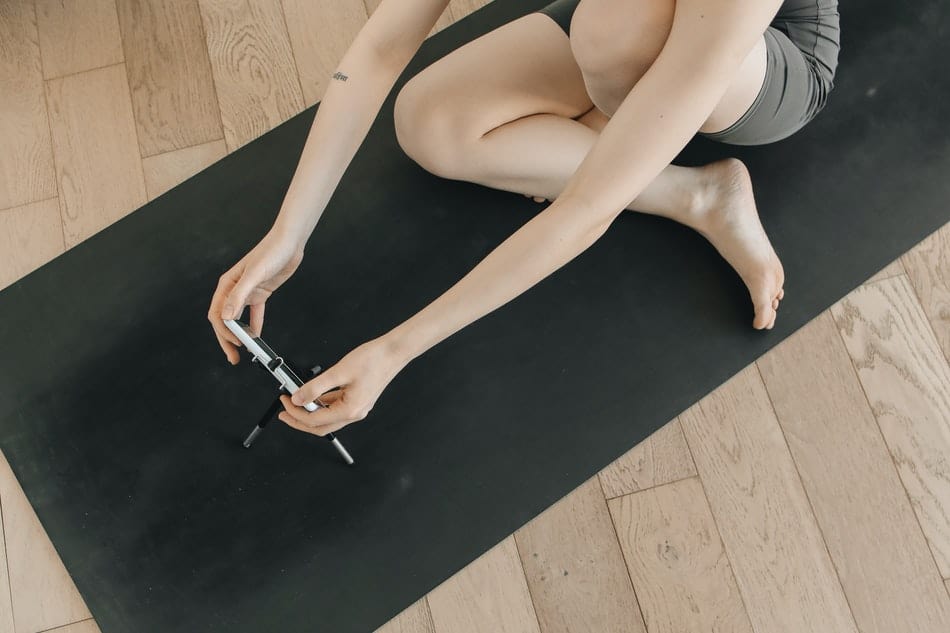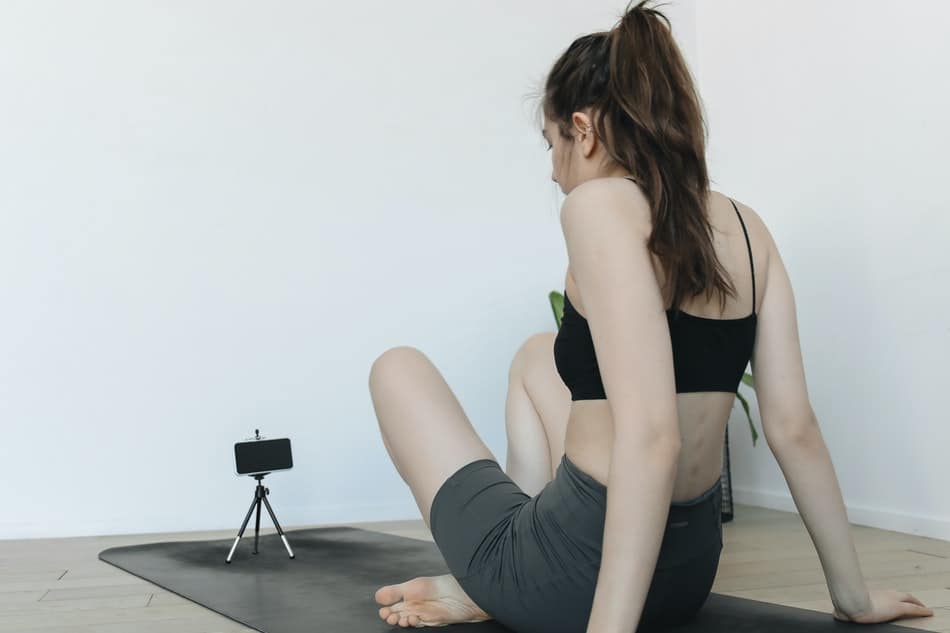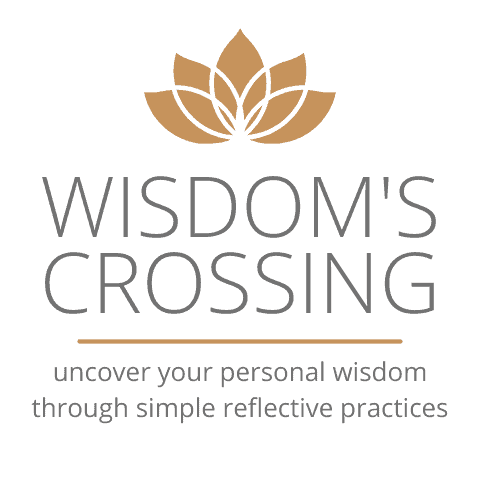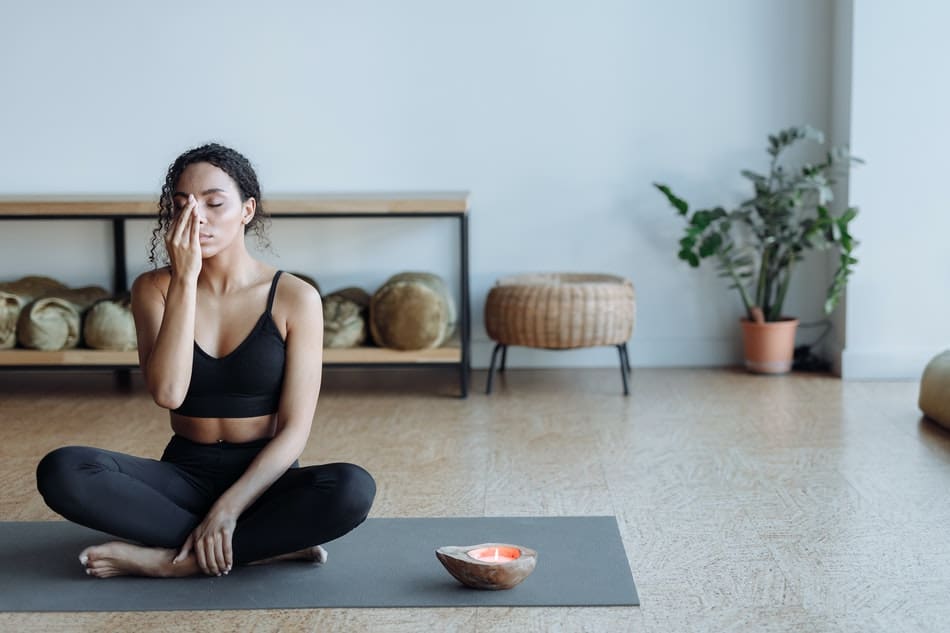Do you want to learn how to practice Ashtanga yoga at home? As you continue reading, I will discuss everything you need to know about practicing Ashtanga yoga at home. I will cover the basics of Ashtanga yoga, and provide tips for getting started. So, whether you are a beginner or an experienced yogi, read on for advice on how to practice Ashtanga yoga at home!
If you want to try Ashtanga yoga but don’t have the time or money to go to a studio, don’t worry! You can practice at home with just a few simple props. All you need is a yoga mat, a strap (or belt), and a blanket (or towel). Once you have your supplies, find a quiet place in your home where you can set up your mat and practice uninterrupted.
What Is The Purpose Of Ashtanga Yoga?
There are many different types of yoga, and each one has its purpose. Ashtanga yoga is no different. So, what is the purpose of Ashtanga yoga?
Simply put, the purpose of Ashtanga yoga is to promote physical and mental health. This type of yoga focuses on linking breath with movement, which helps to calm the mind and strengthen the body. Additionally, Ashtanga yoga is a great way to increase flexibility and build endurance.
If you’re looking for a way to improve your overall health and well-being, then Ashtanga yoga may be right for you. Give it a try today! You might just be surprised at how much you enjoy it.

How To Practice Ashtanga Yoga At Home
Assuming you have a dedicated space in your home for yoga, the first thing you will need is a yoga mat. If you do not have a lot of space or are just starting, a simple mat will suffice. You can find these at most sporting goods stores. Once you have your mat, find a place where it can remain permanently set up. This way, when you are ready to practice, everything is in its place and you can begin immediately.
If possible, choose a spot near a window with natural light. fresh air and sunlight are great for the body and mind! If this is not possible, any well-lit room will do. Just be sure that there is enough light so that you can see your mat.
Once you have found the perfect spot, roll out your mat and get ready to begin! If you are new to Ashtanga yoga, or yoga in general, there are a few things you should keep in mind as you start your practice.
- First, be sure to listen to your body. Yoga should never hurt, so if something doesn’t feel right, modify the pose or come out of it entirely.
- Second, take breaks when you need them. This is especially important if you are new to the practice.
- Don’t push yourself too hard – remember that yoga is meant to be calming and relaxing! Finally, focus on your breath. Breathing deeply will help you relax into the poses
Find a few good Ashtanga yoga resources. There are plenty of books and online videos that can help you learn the poses and understand the proper alignment for each one.
Set aside sometime each day for your practice. Even just 30 minutes is enough to get started. And if you can’t do that every day, try a few times per week. Consistency is key!

Here Are The Steps
There are seven steps in the ashtanga yoga practice.
- The first step is to find a comfortable place to sit. This can be done by sitting on a yoga mat, on a towel, or a blanket.
- The second step is to take a few deep breaths and relax the body.
- The third step is to begin the sun salutation sequence.
- The fourth step is to continue the sun salutation sequence with the addition of some standing postures.
- The fifth step is to add some balancing postures to the sun salutation sequence.
- The sixth step is to add some inversions, such as headstands and shoulder stands, to the sun salutation sequence.
- The seventh and final step is to cool down with some restorative poses.
When practicing ashtanga yoga, it is important to remember that the breath should be the focus. The breath should be smooth and steady and should be synchronized with the movement.
It is also important to remember to keep the body aligned and to use props, such as blocks or straps if needed. If at any time during the practice you feel pain or discomfort, stop and rest until the pain subsides. With regular practice, you will eventually be able to do all of the postures in the ashtanga yoga sequence. Namaste!
With regular practice, you will eventually develop strength, flexibility, and stamina. You will also notice an improvement in your concentration and breathing.
Can I Do Ashtanga Yoga Everyday At Home?
I’m often asked if it’s possible to do Ashtanga yoga every day at home. The answer is yes, but there are a few things you should keep in mind.
While the Ashtanga system is designed to be practiced six days a week, it’s important to listen to your body and give yourself time to rest when you need it. If you’re feeling tired or sore, take a day off or modify your practice accordingly.
Should I Get Ashtanga Yoga Books For Home Practice?
The answer is maybe. If you have the money and you want to learn more about Ashtanga Yoga, then getting books might be a good idea. However, if you’re just starting, it’s probably not necessary. There are plenty of free resources online that can help you get started with your practice. Plus, most studios will offer beginner classes that can introduce you to the basics of Ashtanga Yoga. So save your money and wait until you’re sure you want to commit to this practice before investing in books.
Bottom Line
If you’re looking for a workout that will leave you feeling both challenged and invigorated, Ashtanga yoga is a great option. And, with a little creativity, it’s easy to practice Ashtanga yoga at home. So roll out your mat and get ready to sweat! Namaste.
Related Articles

